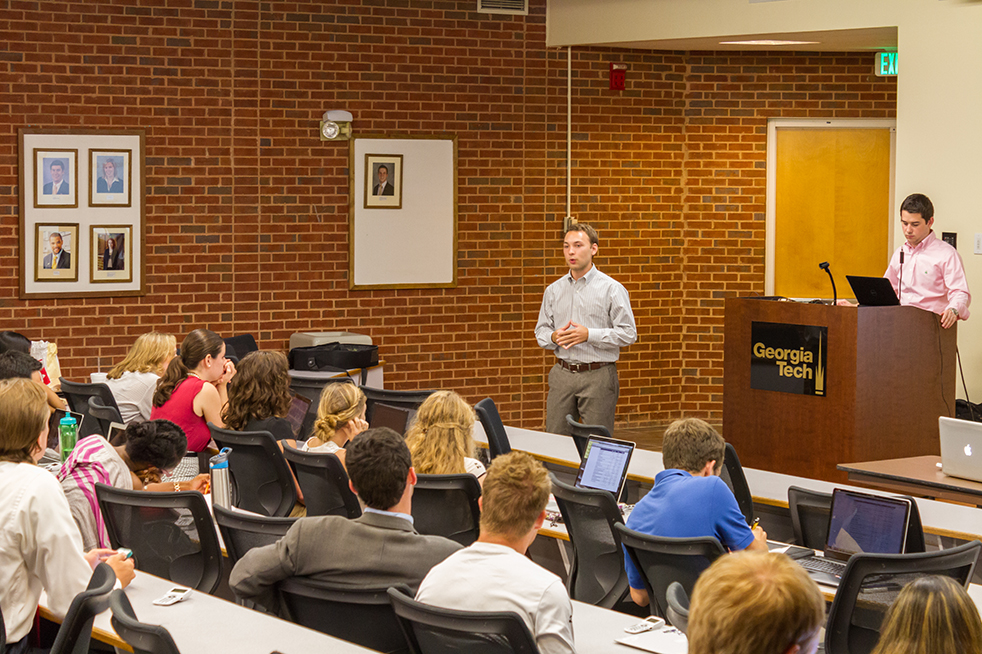Through budgets, bills and allocations, the Student Government Association (SGA) spent over 5 million dollars last year. Unexpectedly, though, there is still an over $800,000 surplus from last year. SGA spending is vital to campus community and growth, but few outside of SGA fully understand the process.
All of SGA’s funds come from the student activity fee, $123 per student, which totals to over $5 million each year. The Board of Regents sets the fee, though SGA can make recommendations for an increase if they feel it is required.
SGA allots the money to the organizations on campus in three tiers. The two Tier I organizations are the CRC and the Student Center, which use around $3.2 million of the total budget.
“All of the student wages at the CRC and Student Center are paid by us” said Trevor Lindsay, Vice President of Finance for SGA. “We recommend the minimum wage for the student jobs. There are three tiers to that as well. The organizations can pay them more than that, but not less than that.”
Organizations like the Student Center Programs Council, DramaTech and Student Publications are Tier II organizations. Organizations that have a large impact on the rest of campus are organized here.
All other organizations are Tier III. This includes student-run athletic organizations, cultural organizations and most other clubs on campus.
“Just because they are Tier III doesn’t mean that we don’t care about them,” Lindsay said. “It’s just that they don’t have as large an impact on the students.”
Student organizations are able to SGA to submit a bill if they need financial help for an event.
“If the event is going to have an impact on campus then we want to help,” Lindsay said. “We want organizations to look for other sources of funding before they come to us, but if you have exhausted all your sources we will be happy to help you out.”
The two legislative bodies of SGA, the Undergraduate House of Representatives (UHR) and the Graduate Student Senate (GSS) are tasked with making sure that the money demanded is reasonable and voting on whether or not the money should be allocated. Before being voted on by UHR and GSS, the bill must be reviewed and approved by the Joint Finance Committee. The bill must meet the set of rules JFC has established over the year in an effort to wisely spend the students’ money. There is also an appeals process through which organizations can seek help if they feel that the amount allotted is insufficient or the correct protocols were not followed.
Lindsay stressed that the most important factor in getting funding was that students get the best “bang for the buck.”
“If you are involved in any campus activity you are going to get back your $123 or more,” Lindsay said. “Suppose there is a competition for which the registration is $100, we pay that registration fee and there you’ve already recovered most of the student activity fee. The student activity fee is the only fee on campus which goes directly back to the students. The homecoming concert organized by the SCPC is funded by the SGA, something which goes straight back to the students.”
There are a few restrictions on the allocation of the money as well. The SGA usually allocates up to $1,000 for a group trip to a competition, per JFC policies. However, they can and sometimes do vote to waive policy in some circumstances.
“If the group only goes to one competition per year and it is a national level competition, then in cases like these we would give them a bit more than a thousand bucks,” Lindsay said. “But, if one group gets an exception it doesn’t mean that the next one would or the same group would the following year.”
SGA encourages organizations to come to finance workshops throughout the year and to submit bills for consideration.
